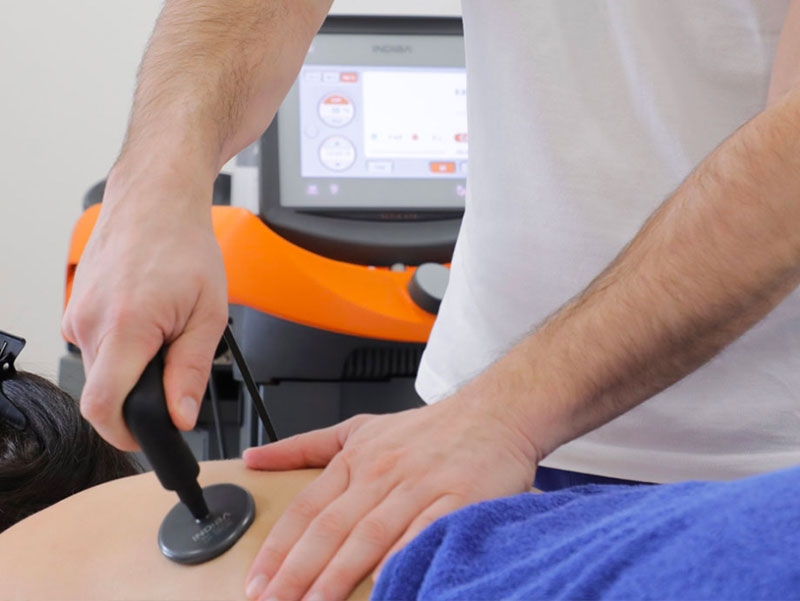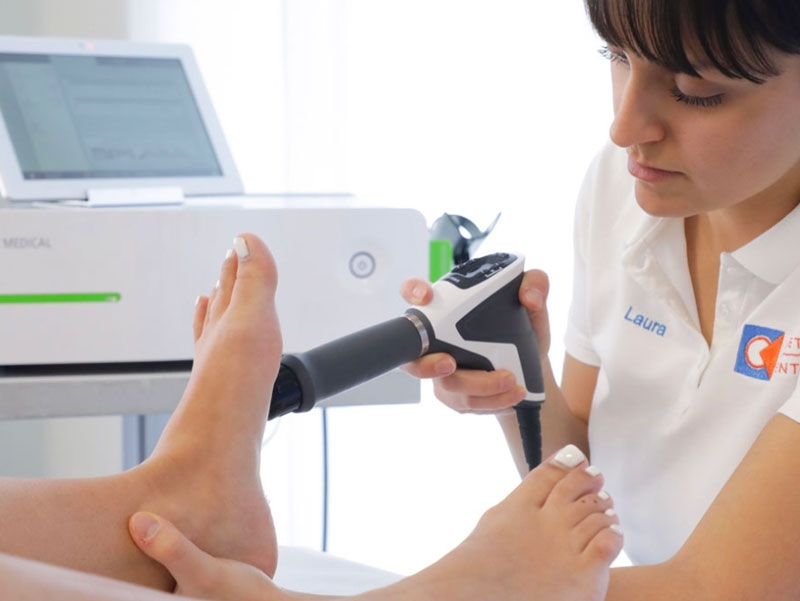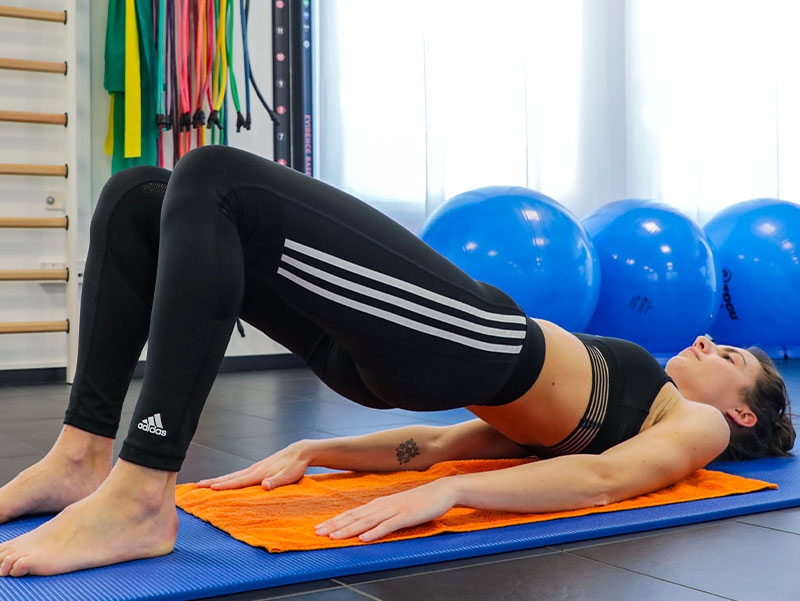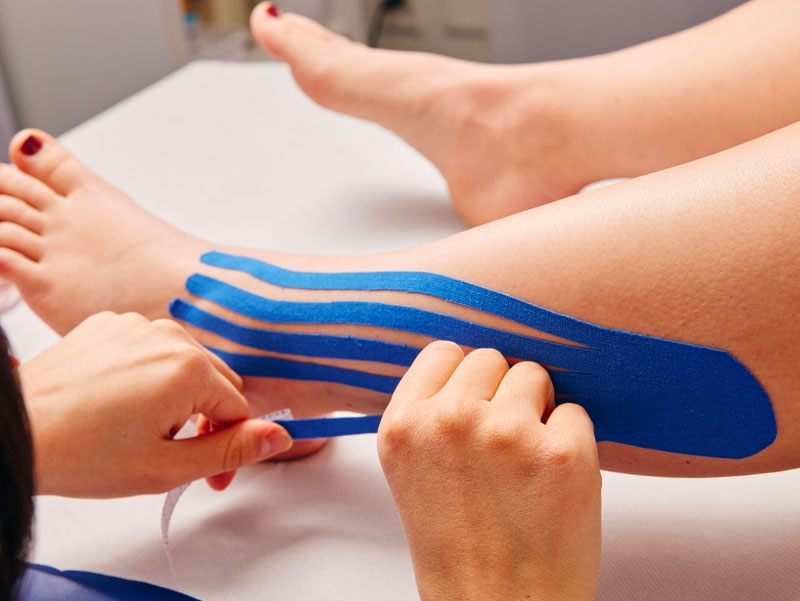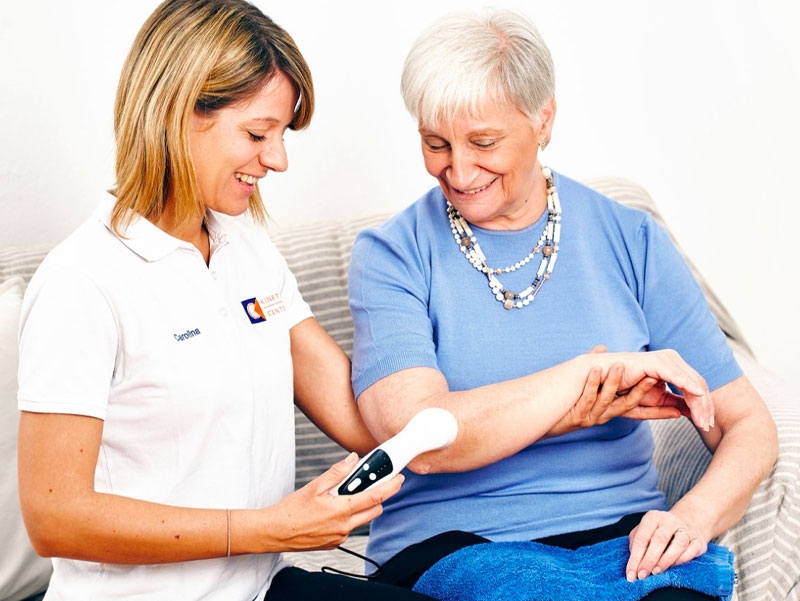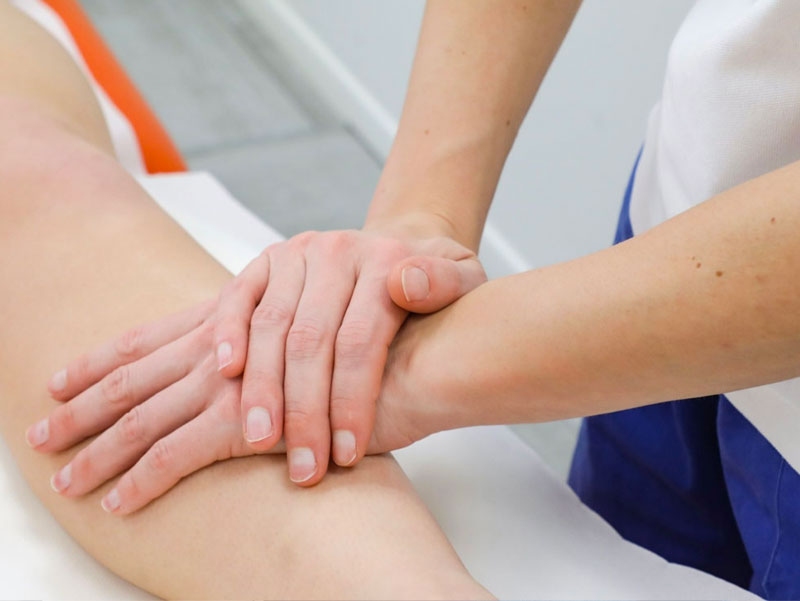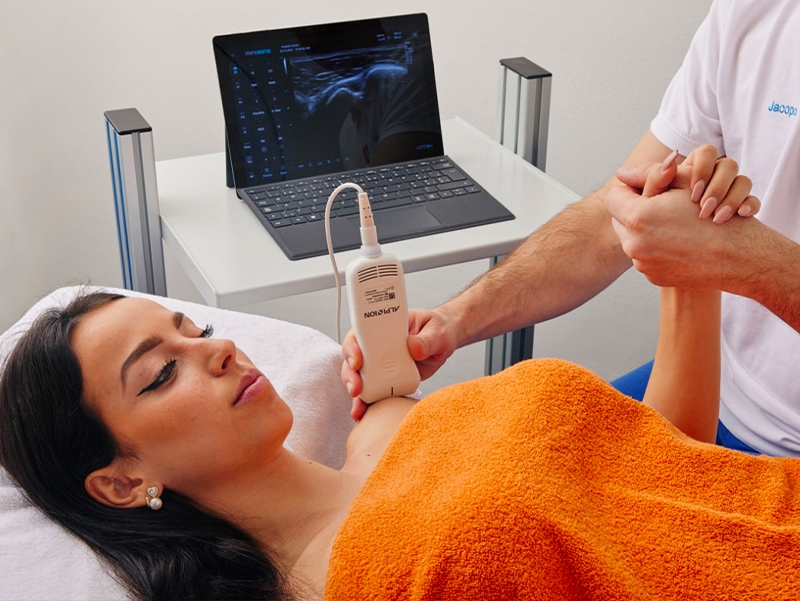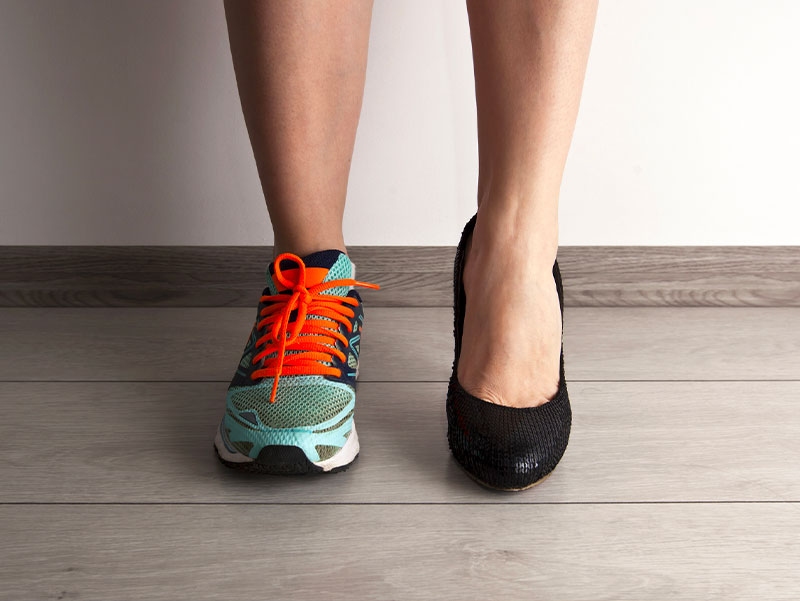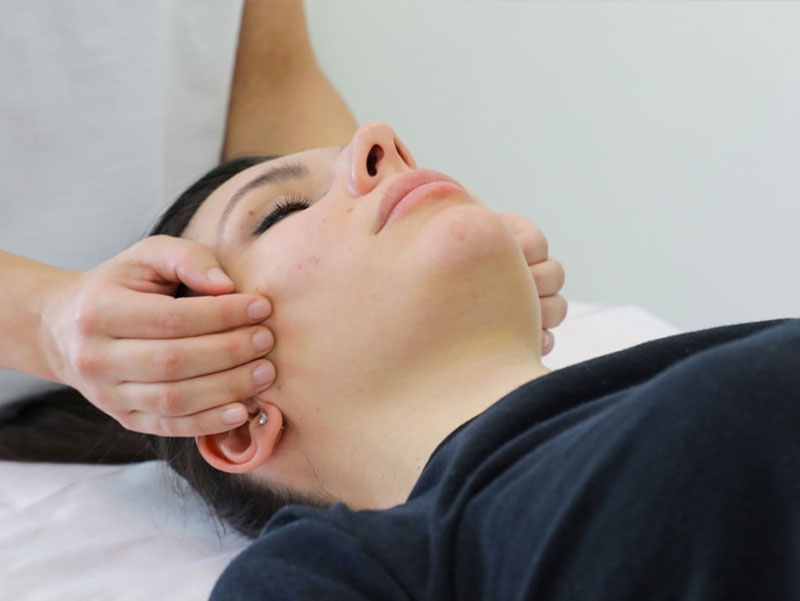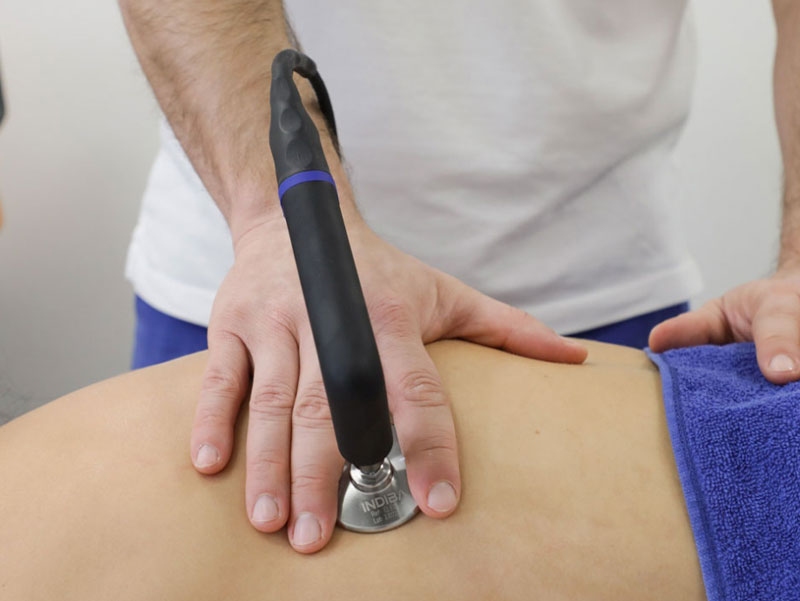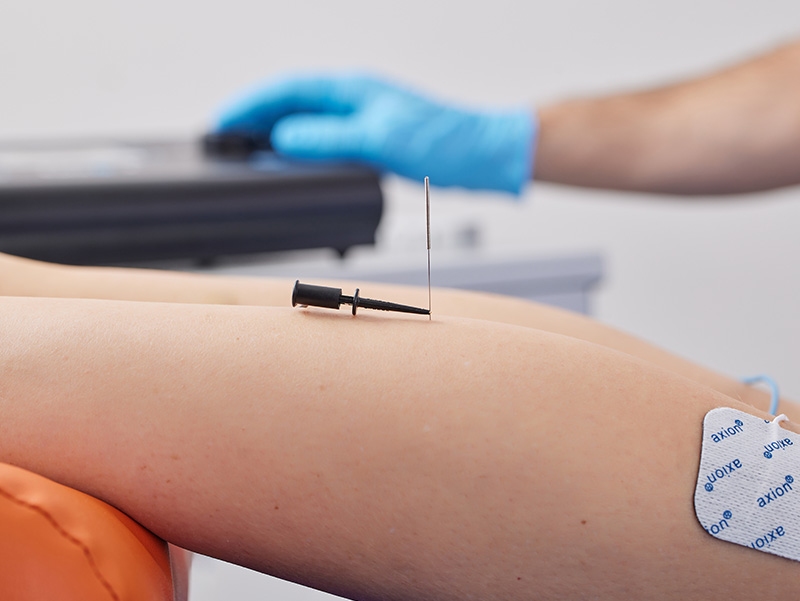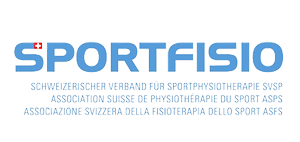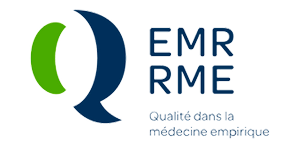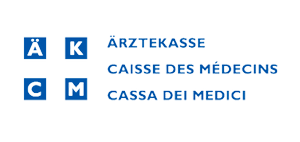What should you pay special attention to in order to say goodbye to the most common aches and discomforts caused by sedentary work?
What are the risks of sitting for hours at work?
Office work typically requires the body to remain seated for long periods, with eyes fixed on a computer screen and one arm constantly operating the mouse on the desk. Although it might seem like an activity that doesn't involve physical strain or wear, sedentary work hides risks that should be known to prevent pain and fatigue. This is because incorrect posture subjects the spine, muscles, and circulatory system to low-intensity stress that lasts for many hours, day after day. Over time, even though the body appears to be at rest, widespread pain and fatigue can develop, impacting both overall physical well-being and work productivity. So what should you pay attention to in order to avoid the most common discomforts?
Back pain and muscle tension
Most people have experienced back pain after hours at a desk. At first, it’s a mild annoyance that is often ignored until it becomes intense pain (lumbago – dorsalgia) by the end of the day. To avoid ending the day exhausted, it's essential to maintain correct posture and prevent muscle tension. Without realizing it, we tend to hunch our shoulders forward and lean in toward the screen.
Neck pain
Spending extended time seated in front of a screen often leads to projecting the neck forward and raising the shoulders unconsciously. Over time, this creates muscle tension and joint stress (cervicalgia), as well as other issues such as headaches, dizziness, and nausea.
Hand and elbow strain
Using a mouse for long periods can strain the joints in the elbow, wrist, and hand. Common issues include inflammation in the outer elbow area (epicondylitis), muscle tension in the forearm, and overuse injuries in the wrist and fingers (carpal tunnel syndrome).
Swollen legs
Legs are particularly affected by sedentary positions, especially at the ankles and feet. Blood circulation slows down, and fluid retention manifests as swelling that worsens the longer you remain seated (lymphatic stasis).
Here are our tips to maintain correct posture and work pain-free at your desk:
Optimize your workstation
Choose a proper desk chair, adjust the height of the seat, and tilt the monitor to optimize upper body posture. Ensure your neck isn’t leaning forward, and your shoulders aren’t hunched or uneven. Use lumbar cushions to support the lower back. Make sure your mouse arm can move freely, doesn't carry body weight, and consider a vertical mouse to reduce strain on your hand and elbow.
Take regular active breaks
Schedule small active breaks throughout the day: stand up, move around, and walk a few steps. Getting up to drink water helps you stay hydrated, stretch your muscles, and relieve tension. Drinking fluids also helps counter fluid retention.
Wear compression socks and do small muscle exercises
If leg swelling is significant, wearing graduated compression socks improves circulation and prevents swelling. Your legs will feel lighter, and you'll end the day with more energy. Swelling can also be reduced with small movements at your desk: lift your heels off the ground and repeat the motion for a few minutes. This activates the calf muscles and helps venous return to the heart.
We look forward to seeing you at Kinetic Center for a free, no-obligation check-up.
Our specialized physiotherapists are ready to identify all the risks linked to your sedentary work and recommend useful exercises you can also do independently to prevent pain and regain well-being, health, and productivity.



